Types of Lighting in Photography! Lighting in photography is one of the most important elements. It can make or break an image and can affect the mood and feeling of a photo. There are a lot of different ways to light an image, and each has its own unique properties that can be used to create desired effects. In this article, we will be discussing some of the different types of lighting available to photographers, as well as some tips on how to use them to your advantage.
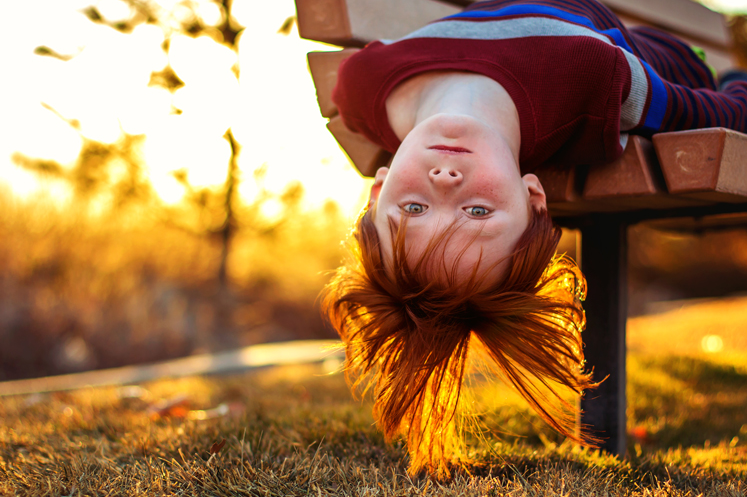
If you want to be a great photographer, mastering the art means getting intimately familiar with light. Mastering this special skill will help improve your photos and give them that beautiful feel in photographs!
Types of Photographic Lighting
Lighting in photography is an essential part of the Photo Shoot. In order for your photos to look their best, you need to use the right lighting. There are several types of lighting that can be used in photography and each has its own benefits and drawbacks.
1. Split Light
Split lighting is a type of photographic lighting that creates a dramatic and high-contrast look. It is achieved by placing the light source off to one side of the subject and shining it towards the opposite side of the face. This type of lighting can be used to create depth and dimension in an image and can also be used to highlight facial features.
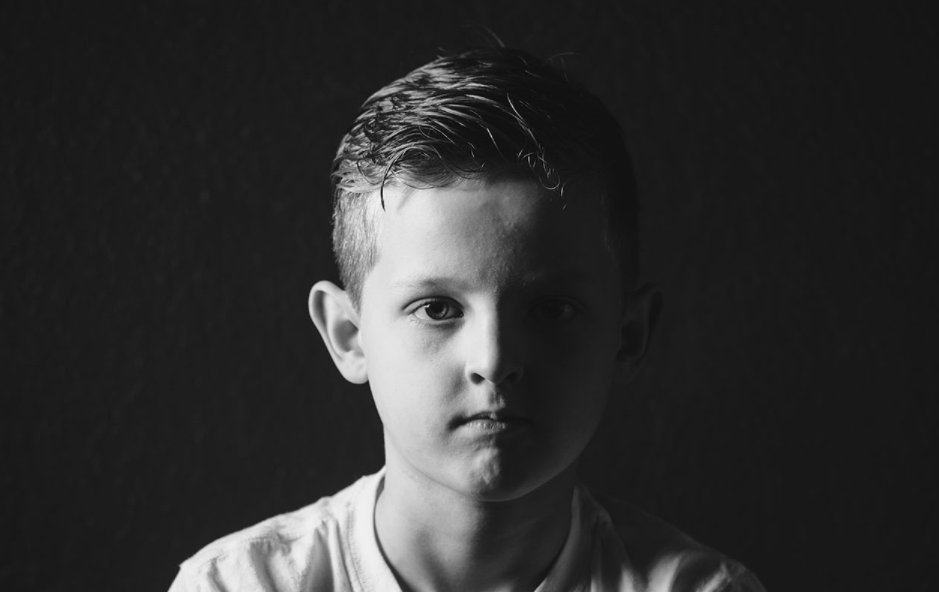
Split lighting presents a dramatic and highly photogenic way to show your subjects. You can achieve this gorgeous look by positioning yourself on the opposite side of the light as your subject and shooting at an angle that’s perpendicular to them. This will result in some brilliant shadows on one side of your images, which provide more context for what we’re seeing on the other side. The contrast will be extra.
2. Ambient Light
Ambient lighting doesn’t come from the photographer’s camera. The sun provides ambient light, but so do streetlights and moonlight! It can be hard to tell different types of lights apart – this is important because marketing for this product type requires understanding what you’re talking about before speaking up.
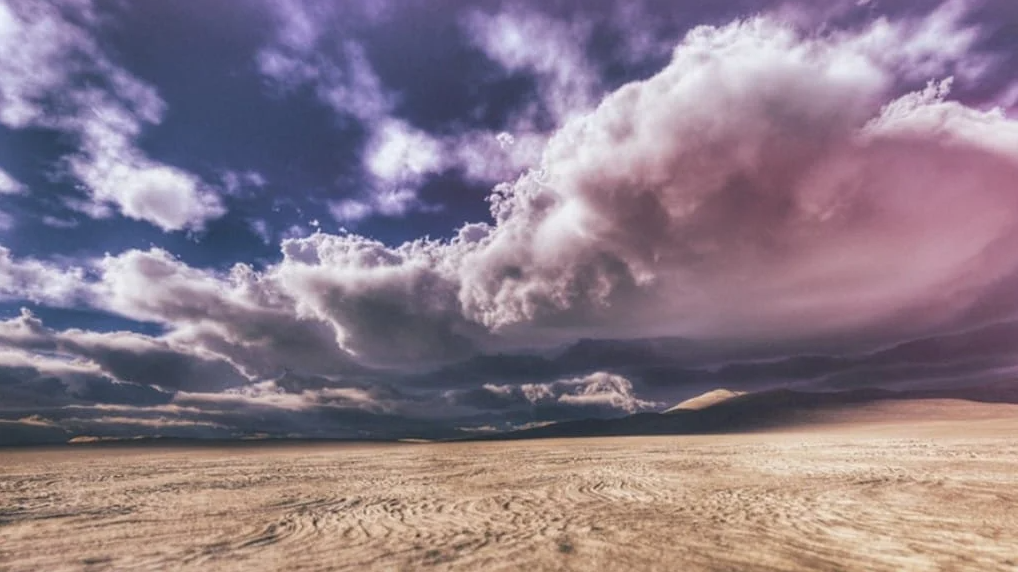
As the sun sets, it becomes increasingly difficult to control the ambient lighting. Moonlight changes constantly with location and time of year as well as depending on atmospheric conditions like clouds or rain in order for a particular hue to be present at any point during its cycle; pink hues fill our skies during dusk while oranges take root before sunrise when there are no sunset Warnings.
3. Flat Lighting
Flat lighting is a type of photographic lighting in which the light source is perpendicular to the subject and casts a shadow directly opposite the source. This type of lighting is often used in portrait photography to create a sense of symmetry and highlight facial features. Flat lighting is also popular for photographing objects, as it creates a clean and simple look that is free of shadows and highlights.
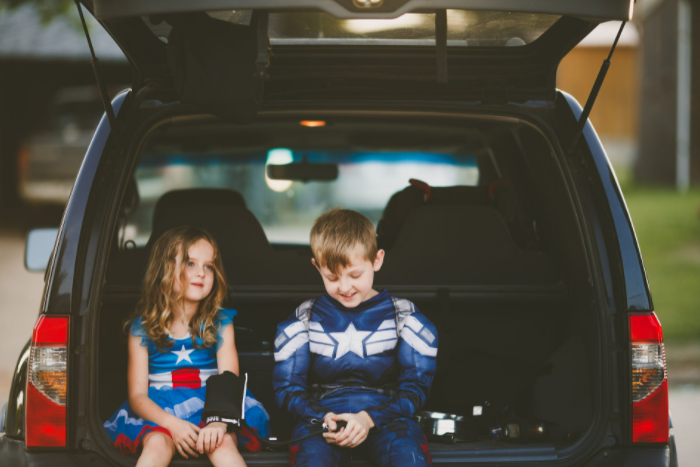
when taking portraits without having anything blocking what should be seen by all angles- even those pesky shadows under the eye area which no self-respecting human wants showing off prominently on social media anyway so let’s ignore them shall we??
4. Broad light
Side lighting is without a doubt one of my favorite types, not just because it makes everything look so much more interesting but also because there’s something about the contrast that really draws your attention to facial features.
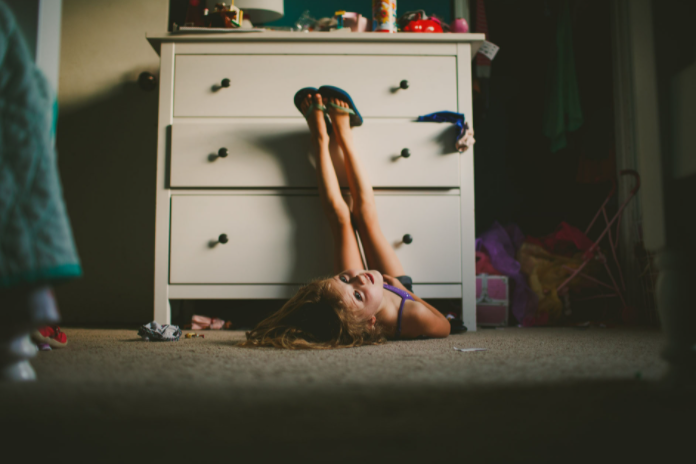
That high-level highlight with deep shadows gives models like yourself framing their lips in an elegant way or creating sharp cheekbones for both fairness and beauty!
5. Short light
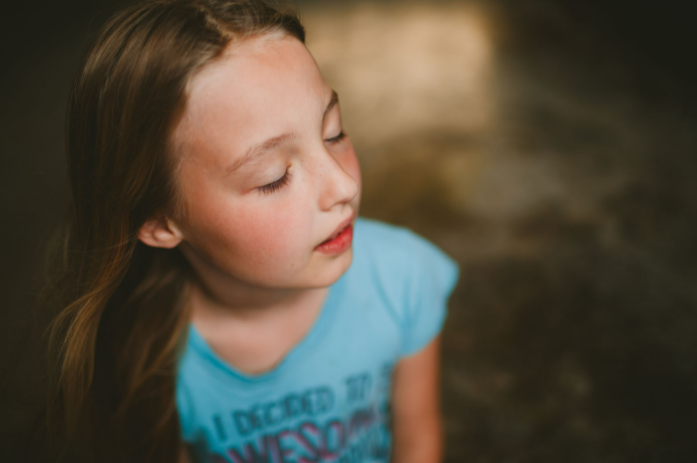
Short light is a versatile tool that can be used for many purposes. It has the ability to create contrast and depth in your images, which makes it perfect if you want an eye-catching shot without being too harsh with makeup or complexion looks!
6. Backlighting
Backlighting is the type of light that casts a subject in relief, often used as a creative photography effect to highlight strong features and eliminate unwanted background clutter.
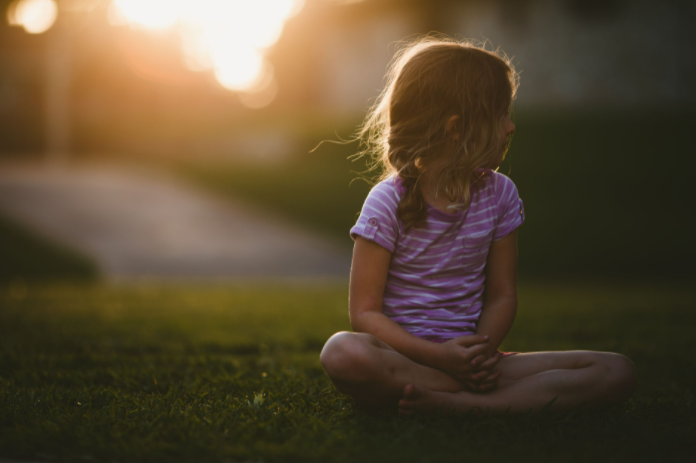
Backing up your images with this flattering technique gives everything an elegant glow without having to worry about harsh shadows or being caught on camera-shy subjects!
7. Rim Light
The rim light is a type of photographic lighting that casts a diffuse, wraparound glow around the subject. It is created by positioning a light source behind the subject so that it illuminates the edge of their body. Rim light can add drama and mystery to an image, and can be used to highlight contours and shape.
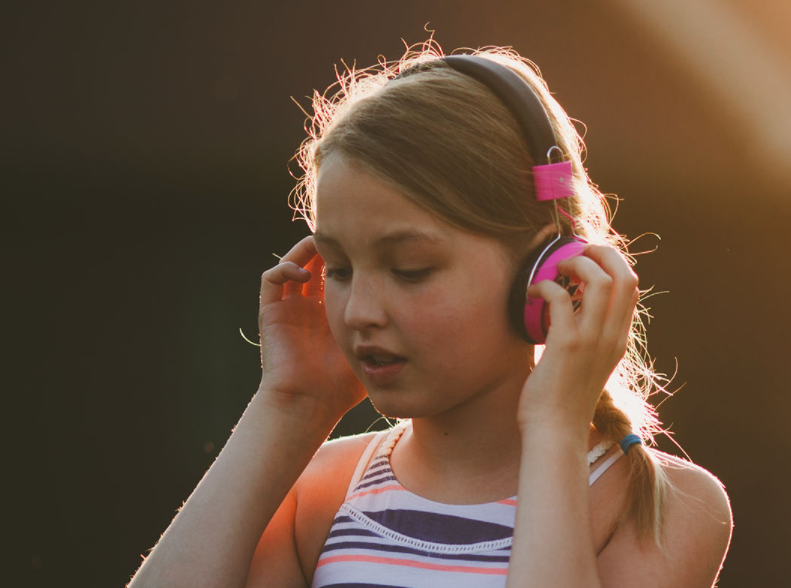
The rim light is particularly effective for portraits, as it can help to define the subject’s features and create a sense of depth. It can also be used to create interesting backlit effects. The rim light is easy to create with a simple studio setup, or you can use natural light sources such as the sun or moon.
8. Butterfly Light
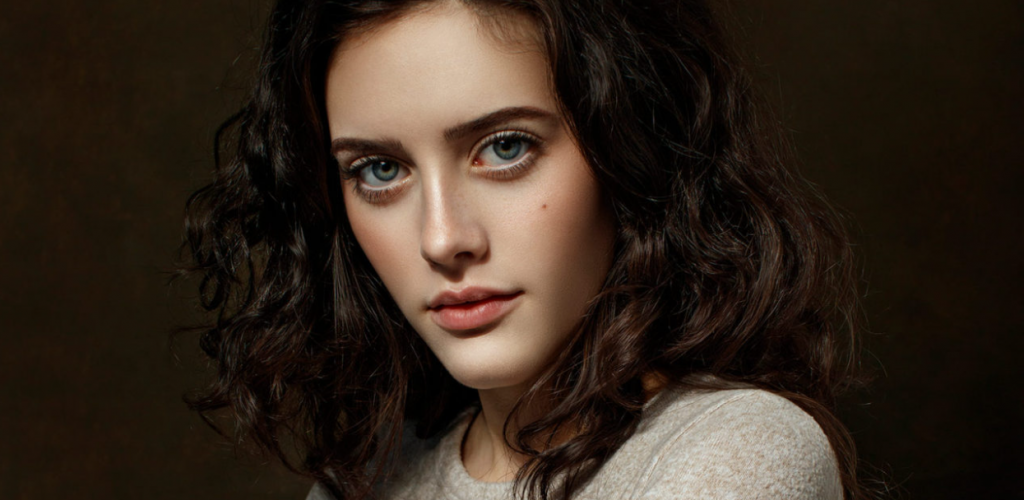
The Butterfly light is perfect for capturing your subject because it has an overall glow. It’s also great at highlighting skin imperfections and lighting up those cleverly placed highlights and shadows with the feminine touch that will make them stand out in all their beauty!
9. Loop Light
The Loop Light is the perfect companion to your portrait photography. It mimics natural light, which provides more flattering and even illumination for water droplets on skin or wrinkles in clothing without being too powerful or distracting from what else you want to be captured within a photo;
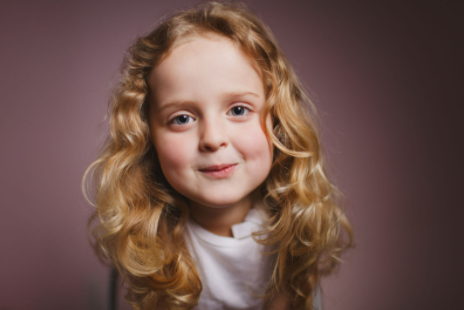
like an interesting background scene with some fantastic subject matter standing out clearly against it beautifully lit up by this amazing product!
10. Soft Light
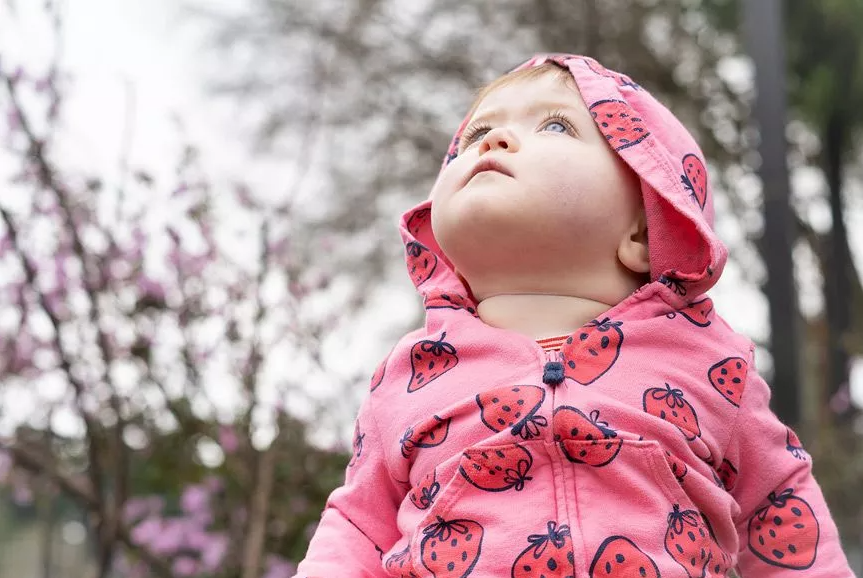
Soft light is a type of lighting that is often used in photography. It is created when light is diffused through a translucent material, such as a piece of cloth or a sheer curtain. This type of light creates a soft and gentle look, which is why it is often used for portrait photography. Soft light can also be used to create a romantic atmosphere in a photograph.
11. Hard Light
Hard light is your gritty, noirish best friend. It’s the perfect partner for snapping photos of shady characters in dingy alleys or film scenes set at night with neon signs popping out from dark buildings lit up against an overcast sky.
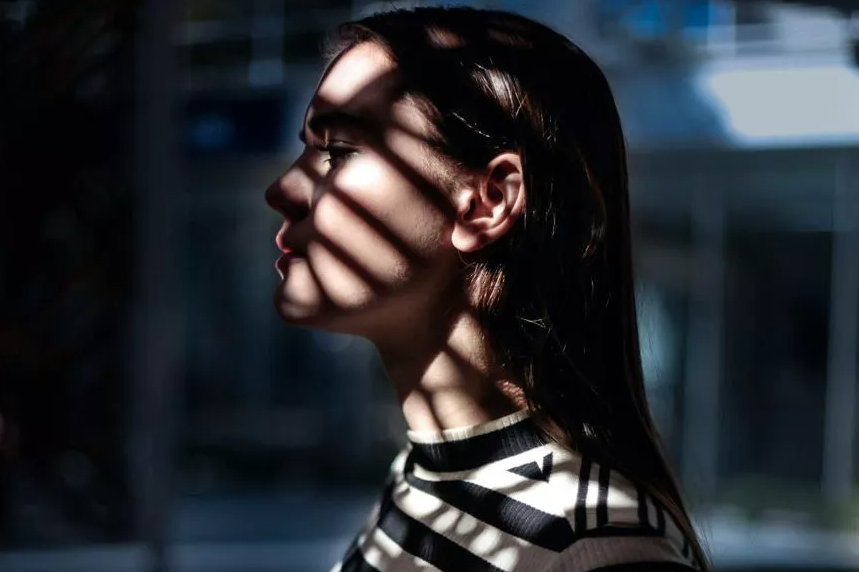
Anything lit by this type of lighting will have a camera-ready TV crime drama vibe to it–and sometimes that’s exactly what we want!
Frequently Asked Questions
What is Light in Photography?
Light is the single most important factor in photography. It determines what we can see in a photograph and how our photographs will look. Understanding light is essential to becoming a better photographer.
There are three main properties of light that we need to understand: intensity, color, and direction. Intensity is the brightness of the light. Color is the wavelength of light. And the direction is how light travels through space. { "@context": "https://schema.org/", "@type": "FAQPage", "mainEntity": [ { "@type": "Question", "name": "WHAT IS LIGHT IN PHOTOGRAPHY?", "acceptedAnswer": { "@type": "Answer", "text": "Light is the single most important factor in photography. It determines what we can see in a photograph and how our photographs will look. Understanding light is essential to becoming a better photographer. There are three main properties of light that we need to understand: intensity, color, and direction. Intensity is the brightness of the light. Color is the wavelength of light. And the direction is how light travels through space." } }, { "@type": "Question", "name": "WHAT ARE THE TYPES OF NATURAL PHOTOGRAPHY LIGHT?", "acceptedAnswer": { "@type": "Answer", "text": "There are a number of types of natural photography light. These include front, back, and side placement with diffused diffusion that falls into harsh or soft categories depending on how it is employed for your scene’s desired mood; indirect studio lighting using reflected glow from sources such as windows to provide even illumination in an environment without any sun available naturally outside where you happen to be shooting right now." } }, { "@type": "Question", "name": "WHAT TYPE OF LIGHTING IS BEST FOR PHOTOGRAPHY?", "acceptedAnswer": { "@type": "Answer", "text": "That depends on the picture you’re taking. Early in my career, I would have used a flash, but now that most of my pictures are taken with natural light it’s not so important to me and often works better if there is no additional lighting at all (unless specifically requested by an assignment). It all boils down to what kind of mood we want for our photoshoot: bright or dark." } }, { "@type": "Question", "name": "WHAT ARE THE 3 MAIN TYPES OF LIGHTING?", "acceptedAnswer": { "@type": "Answer", "text": "There are three main types of lighting: ambient, task, and accent. Ambient lighting is used to provide a general level of illumination in a space, while task lighting is used to illuminate specific areas for specific tasks. Accent lighting is used to highlight focal points in space." } }, { "@type": "Question", "name": "WHAT ARE THE 2 TYPES OF LIGHT SOURCES?", "acceptedAnswer": { "@type": "Answer", "text": "There are two types of light sources: natural and artificial. Natural light sources are those that come from the sun or other natural elements, while artificial light sources are man-made." } }, { "@type": "Question", "name": "IS DAYLIGHT OR SOFT WHITE BETTER?", "acceptedAnswer": { "@type": "Answer", "text": "There is no definitive answer to this question as both daylight and soft white have their own benefits and drawbacks. Daylight bulbs are said to be better for reading and seeing colors accurately, while soft white bulbs are said to be more relaxing and create a warmer atmosphere. Ultimately, it is up to the individual to decide which type of bulb they prefer." } } ] }
What Are the Types of Natural Photography Light?
There are a number of types of natural photography light. These include front, back, and side placement with diffused diffusion that falls into harsh or soft categories depending on how it is employed for your scene’s desired mood; indirect studio lighting using reflected glow from sources such as windows to provide even illumination in an environment without any sun available naturally outside where you happen to be shooting right now.
What Type of Lighting is Best for Photography?
That depends on the picture you’re taking. Early in my career, I would have used a flash, but now that most of my pictures are taken with natural light it’s not so important to me and often works better if there is no additional lighting at all (unless specifically requested by an assignment). It all boils down to what kind of mood we want for our photoshoot: bright or dark.
What Are the 3 Main Types of Lighting?
There are three main types of lighting: ambient, task, and accent. Ambient lighting is used to provide a general level of illumination in a space, while task lighting is used to illuminate specific areas for specific tasks. Accent lighting is used to highlight focal points in space.
What Are the 2 Types of Light Sources?
There are two types of light sources: natural and artificial. Natural light sources are those that come from the sun or other natural elements, while artificial light sources are man-made.
Is Daylight or Soft White Better?
There is no definitive answer to this question as both daylight and soft white have their own benefits and drawbacks. Daylight bulbs are said to be better for reading and seeing colors accurately, while soft white bulbs are said to be more relaxing and create a warmer atmosphere. Ultimately, it is up to the individual to decide which type of bulb they prefer.



